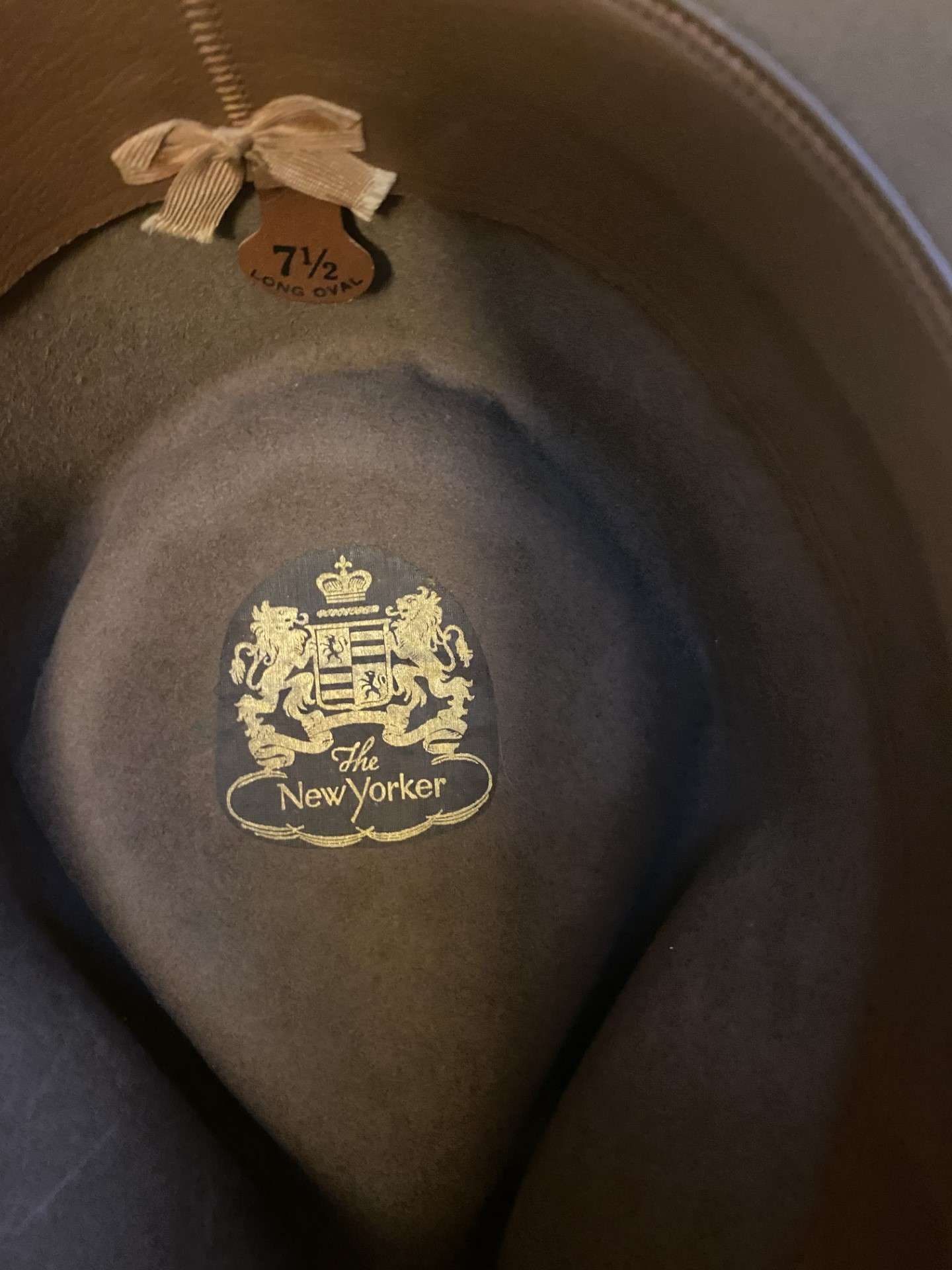- Messages
- 15,096
NOS Beaver Brand hat from Elmore's Men and Boy's Wear, Houston, Missouri. Mr. Elmore is 91 and still running the store by himself.



View attachment 200665
An update. After Mr. Elmore's passing and the store closing, it is being "restored" and will become a old-fashioned soda-fountain.








